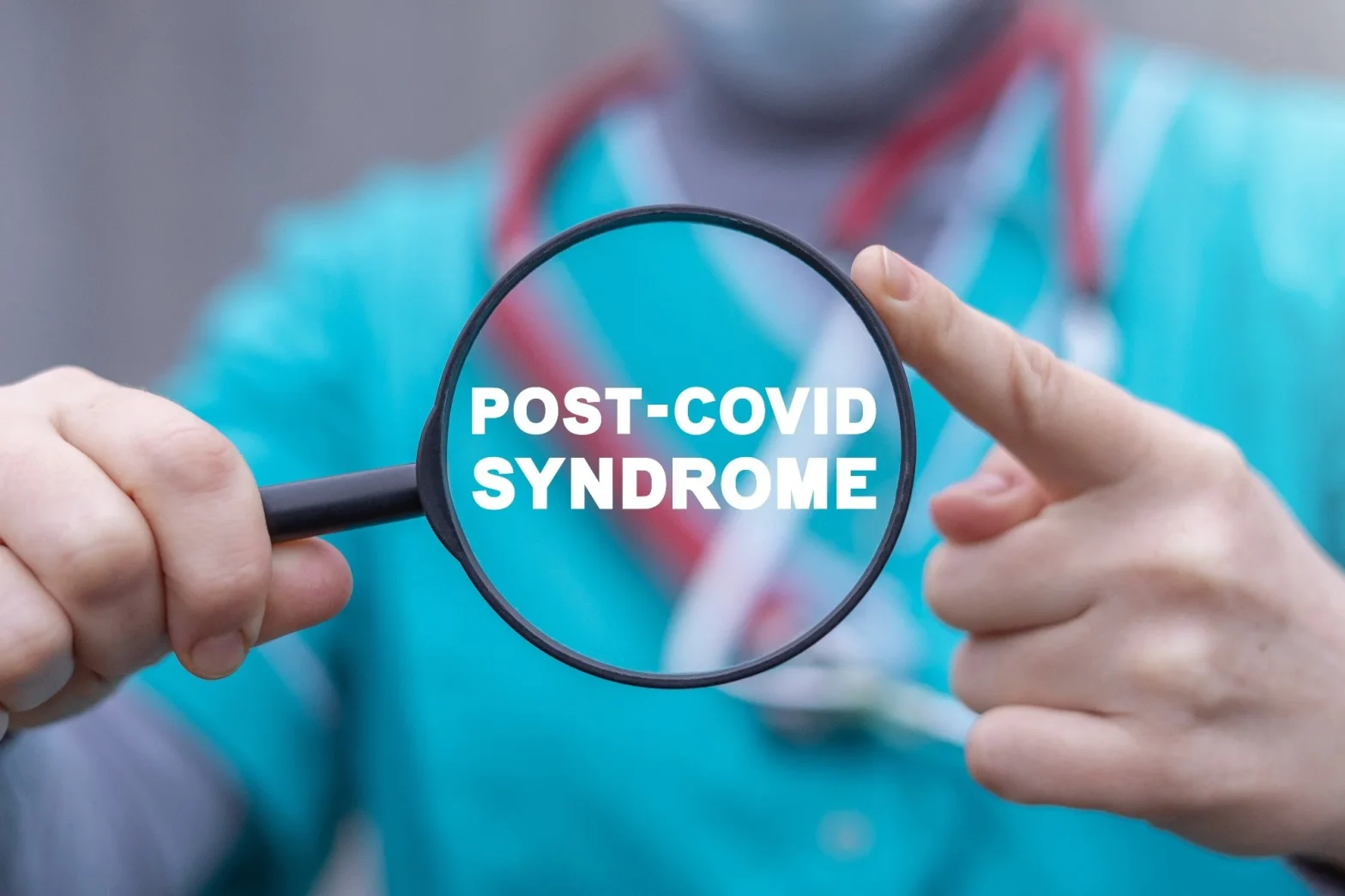The COVID-19 pandemic may have officially ended, but for millions of people worldwide, the battle continues long after their initial recovery. Post-COVID syndrome, commonly known as long-term COVID-19, has emerged as a significant health concern affecting approximately 6 in every 100 people who contract the virus. This complex condition encompasses a wide range of persistent symptoms that can last for months or even years after the acute infection has resolved.
With over 400 million people globally having experienced COVID, understanding this condition has become crucial for both patients and healthcare providers. From debilitating fatigue to cognitive dysfunction, post-COVID syndrome presents unique challenges that require comprehensive management strategies and ongoing medical support.
What is Post-COVID Syndrome?
Post-COVID syndrome also referred to as long COVID or post-acute COVID-19 syndrome, is characterized by symptoms that persist or develop after the initial COVID-19 infection. The World Health Organization defines this condition as symptoms that usually start within 3 months of the initial COVID-19 illness and last at least 2 months. However, some medical professionals define it as symptoms persisting more than 8 weeks after the original infection when the individual is no longer testing positive.
The condition can affect anyone who has had COVID-19, regardless of the severity of their initial illness. Remarkably, people can develop long-term COVID-19 symptoms even if they never experienced noticeable COVID-19 symptoms during their initial infection.
Common Symptoms and Clinical Manifestations
Post-COVID syndrome presents with an extensive array of symptoms, with over 200 different manifestations reported by patients. The most frequently reported symptoms include:
Physical Symptoms
-
Fatigue: The most common symptom, affecting 17.5-72% of post-COVID cases
-
Shortness of breath: Reported in 10-40% of patients
-
Chest pain: Affects up to 22% of patients
-
Muscle and joint pain: Commonly experienced alongside other symptoms
-
Headaches: Frequent neurological manifestation
Neurological and Cognitive Symptoms
-
Brain fog: Difficulty concentrating and cognitive impairment
-
Memory problems: Persistent issues with recall and mental clarity
-
Loss of taste and smell: Affecting up to 11% of patients
-
Sleep disorders: Impaired sleep patterns and quality
Mental Health Impact
Mental health concerns are significant, with anxiety, depression, and sleep disturbances reported in 30% or more of COVID-19 survivors. Post-traumatic stress disorder (PTSD) has also been documented, particularly among those who experienced severe illness or ICU stays.
Risk Factors and Demographics

Several factors increase the likelihood of developing post-COVID syndrome:
-
Age: Higher age groups show increased risk
-
Gender: Female sex is associated with higher prevalence
-
Pre-existing conditions: Having asthma or other comorbidities
-
Severity of initial infection: More severe initial COVID-19 illness increases risk
-
Hospitalization: Hospitalized patients may experience rates as high as 85%
Interestingly, the prevalence of long COVID-19 appears to be lower following vaccination, highlighting the protective benefits of immunization.
Current Treatment and Management Approaches
Currently, there is no single, universally effective treatment for post-COVID syndrome. Management typically involves a multidisciplinary approach focusing on symptom relief and rehabilitation. Treatment strategies include:
Medical Management
-
Symptomatic treatment: Medications for pain, breathing difficulties, and other specific symptoms
-
Rehabilitation services: Physical therapy and pulmonary rehabilitation programs
-
Mental health support: Counseling and psychiatric care for anxiety and depression
Self-Care Strategies
Healthcare providers recommend several self-management techniques:
-
Pacing activities: Avoiding overexertion and managing energy levels
-
Quality rest and sleep: Maintaining proper sleep hygiene
-
Stress reduction: Incorporating relaxation techniques and lifestyle modifications
-
Symptom tracking: Monitoring symptoms and identifying triggers
Recovery and Prognosis
The outlook for post-COVID syndrome varies significantly among individuals. Symptoms generally improve over time, typically within 4-9 months. However, approximately 15 in 100 people still experience symptoms at 12 months according to global estimates. For those still experiencing symptoms at 12 weeks, recovery tends to be slower or may plateau.
Most people with symptoms at 4 weeks recover by 12 weeks, but for a subset of patients, particularly those meeting criteria for conditions like myalgic encephalomyelitis/chronic fatigue syndrome (ME/CFS), symptoms may be lifelong.
Post-COVID syndrome represents a significant ongoing health challenge that requires continued research, awareness, and comprehensive care approaches. While our understanding of this condition continues to evolve, the focus remains on symptom management, rehabilitation, and supporting patients through their recovery journey. For those experiencing persistent symptoms after COVID-19, seeking medical attention and working with healthcare providers to develop individualized treatment plans remains essential for optimal outcomes.

